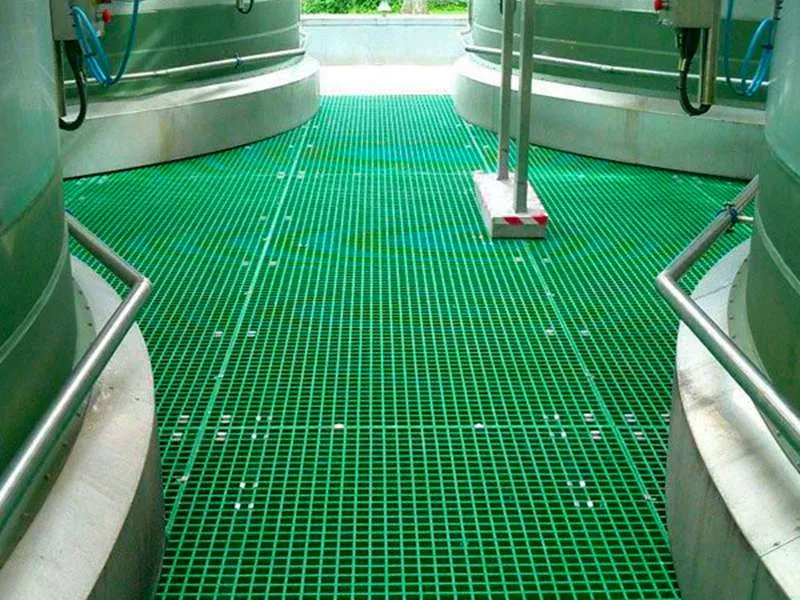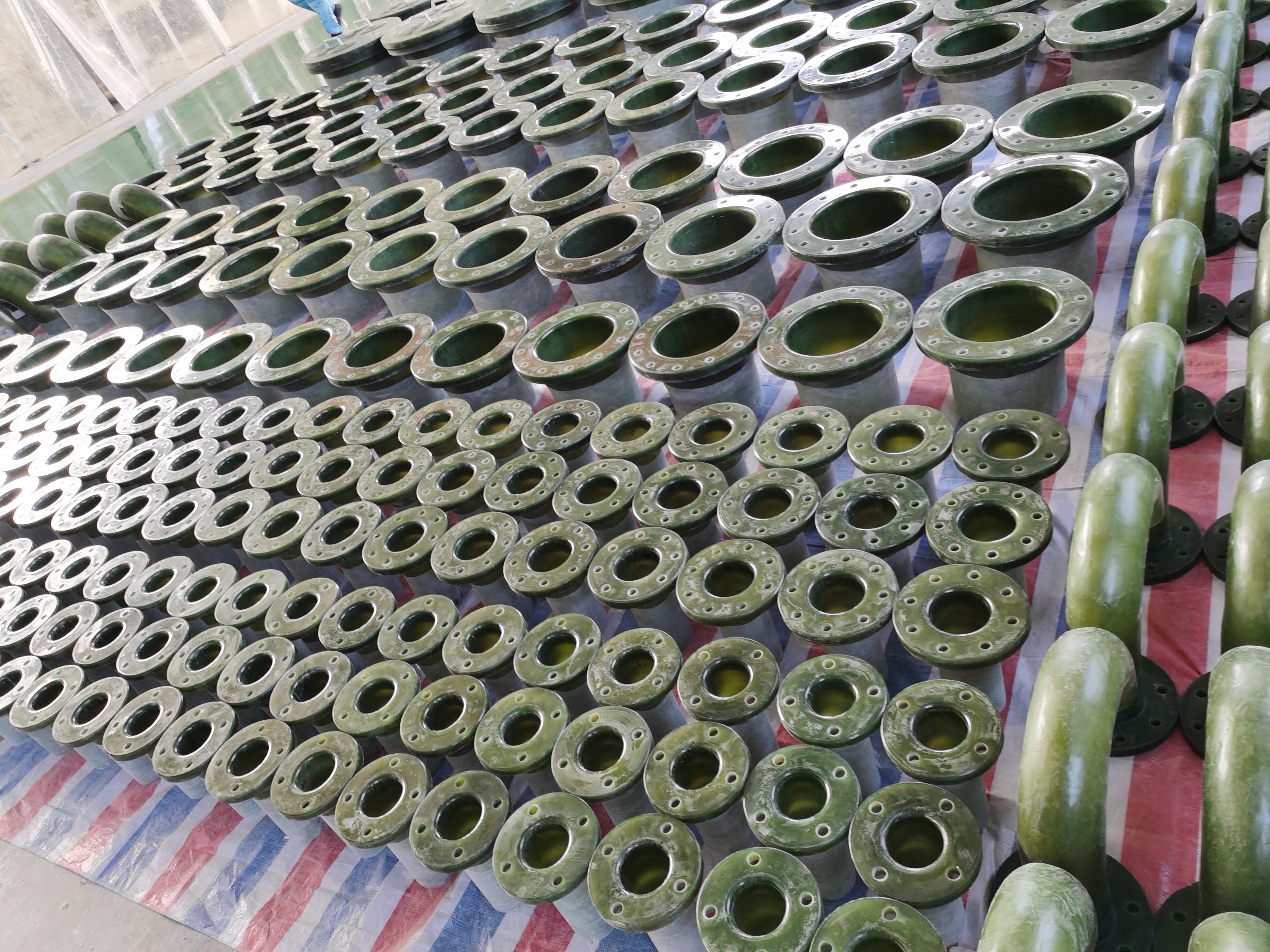
-
 Afrikaans
Afrikaans -
 Albanian
Albanian -
 Amharic
Amharic -
 Arabic
Arabic -
 Armenian
Armenian -
 Azerbaijani
Azerbaijani -
 Basque
Basque -
 Belarusian
Belarusian -
 Bengali
Bengali -
 Bosnian
Bosnian -
 Bulgarian
Bulgarian -
 Catalan
Catalan -
 Cebuano
Cebuano -
 China
China -
 China (Taiwan)
China (Taiwan) -
 Corsican
Corsican -
 Croatian
Croatian -
 Czech
Czech -
 Danish
Danish -
 Dutch
Dutch -
 English
English -
 Esperanto
Esperanto -
 Estonian
Estonian -
 Finnish
Finnish -
 French
French -
 Frisian
Frisian -
 Galician
Galician -
 Georgian
Georgian -
 German
German -
 Greek
Greek -
 Gujarati
Gujarati -
 Haitian Creole
Haitian Creole -
 hausa
hausa -
 hawaiian
hawaiian -
 Hebrew
Hebrew -
 Hindi
Hindi -
 Miao
Miao -
 Hungarian
Hungarian -
 Icelandic
Icelandic -
 igbo
igbo -
 Indonesian
Indonesian -
 irish
irish -
 Italian
Italian -
 Japanese
Japanese -
 Javanese
Javanese -
 Kannada
Kannada -
 kazakh
kazakh -
 Khmer
Khmer -
 Rwandese
Rwandese -
 Korean
Korean -
 Kurdish
Kurdish -
 Kyrgyz
Kyrgyz -
 Lao
Lao -
 Latin
Latin -
 Latvian
Latvian -
 Lithuanian
Lithuanian -
 Luxembourgish
Luxembourgish -
 Macedonian
Macedonian -
 Malgashi
Malgashi -
 Malay
Malay -
 Malayalam
Malayalam -
 Maltese
Maltese -
 Maori
Maori -
 Marathi
Marathi -
 Mongolian
Mongolian -
 Myanmar
Myanmar -
 Nepali
Nepali -
 Norwegian
Norwegian -
 Norwegian
Norwegian -
 Occitan
Occitan -
 Pashto
Pashto -
 Persian
Persian -
 Polish
Polish -
 Portuguese
Portuguese -
 Punjabi
Punjabi -
 Romanian
Romanian -
 Russian
Russian -
 Samoan
Samoan -
 Scottish Gaelic
Scottish Gaelic -
 Serbian
Serbian -
 Sesotho
Sesotho -
 Shona
Shona -
 Sindhi
Sindhi -
 Sinhala
Sinhala -
 Slovak
Slovak -
 Slovenian
Slovenian -
 Somali
Somali -
 Spanish
Spanish -
 Sundanese
Sundanese -
 Swahili
Swahili -
 Swedish
Swedish -
 Tagalog
Tagalog -
 Tajik
Tajik -
 Tamil
Tamil -
 Tatar
Tatar -
 Telugu
Telugu -
 Thai
Thai -
 Turkish
Turkish -
 Turkmen
Turkmen -
 Ukrainian
Ukrainian -
 Urdu
Urdu -
 Uighur
Uighur -
 Uzbek
Uzbek -
 Vietnamese
Vietnamese -
 Welsh
Welsh -
 Bantu
Bantu -
 Yiddish
Yiddish -
 Yoruba
Yoruba -
 Zulu
Zulu
Jan . 19, 2025 23:53
Back to list
fiberglass reinforced pipe
Fiberglass reinforced pipe (FRP) has become a staple in industries ranging from oil and gas to municipal water systems. With an emphasis on durability and performance, FRP pipes are crafted from a synergy of robust glass fibers and a resilient resin matrix, offering an unparalleled blend of strength and flexibility.
From a sustainability perspective, the environmental impact of FRP pipes is considerably lower when compared to conventional piping solutions. The production of fiberglass reinforced materials requires less energy and emits lower greenhouse gases, aligning with global efforts to reduce carbon footprints. Over the years, building eco-friendly infrastructure has been a critical talking point, and FRP pipes stand as a testament to infrastructural advancement without ecological compromise. Despite its myriad of advantages, FRP is not without challenges. An experience to illustrate this involved a construction company encountering difficulties aligning FRP pipes in a project owing to limited initial contractor experience with the material. However, this was quickly overcome through comprehensive training provided by the pipe manufacturer, emphasizing the significance of selecting industry-experienced contractors to enhance project outcomes. Collating these experiences, FRP pipes embody the fusion of innovation and practicality. Their adaptability to diverse applications and assurance of long-term performance continue to propel their integration into modern infrastructural frameworks. For companies considering infrastructure upgrades, the case for fiberglass reinforced pipes rests on a foundation of real-world success stories, stringent quality standards, and responsible environmental stewardship. Ultimately, the credibility of fiberglass reinforced pipes is not solely built on metrics or lab results; it is cemented by years of consistent, reliable service across various industries, proven through expert design and rigorous validation. With ongoing advancements in materials science, the future of FRP is teeming with potential, poised to usher in an era characterized by enhanced efficiency and sustainable development.


From a sustainability perspective, the environmental impact of FRP pipes is considerably lower when compared to conventional piping solutions. The production of fiberglass reinforced materials requires less energy and emits lower greenhouse gases, aligning with global efforts to reduce carbon footprints. Over the years, building eco-friendly infrastructure has been a critical talking point, and FRP pipes stand as a testament to infrastructural advancement without ecological compromise. Despite its myriad of advantages, FRP is not without challenges. An experience to illustrate this involved a construction company encountering difficulties aligning FRP pipes in a project owing to limited initial contractor experience with the material. However, this was quickly overcome through comprehensive training provided by the pipe manufacturer, emphasizing the significance of selecting industry-experienced contractors to enhance project outcomes. Collating these experiences, FRP pipes embody the fusion of innovation and practicality. Their adaptability to diverse applications and assurance of long-term performance continue to propel their integration into modern infrastructural frameworks. For companies considering infrastructure upgrades, the case for fiberglass reinforced pipes rests on a foundation of real-world success stories, stringent quality standards, and responsible environmental stewardship. Ultimately, the credibility of fiberglass reinforced pipes is not solely built on metrics or lab results; it is cemented by years of consistent, reliable service across various industries, proven through expert design and rigorous validation. With ongoing advancements in materials science, the future of FRP is teeming with potential, poised to usher in an era characterized by enhanced efficiency and sustainable development.
Related Products
Latest news
-
High-Quality Fiberglass Car Bodies Durable GRP Car & Boat Body SolutionsNewsJul.08,2025
-
High-Quality Fiberglass Dual Lamination Product Manufacturer Durable FRP & GRP Dual Lamination SolutionsNewsJul.08,2025
-
Rectangular Tank with Dimensions for GRP Calculation Custom Fiberglass GRP Rectangular TanksNewsJul.07,2025
-
High-Quality Fiberglass Weir Custom FRP Weir & Fiberglass Tanks ManufacturerNewsJul.07,2025
-
CPVC FRP Pipe A Reliable Choice for Industrial Applications High Strength & Corrosion ResistanceNewsJul.07,2025
-
Fiberglass Scrubber for Effective Cleaning and Stain Removal – Superior Performance in Various ApplicationsNewsJul.06,2025









